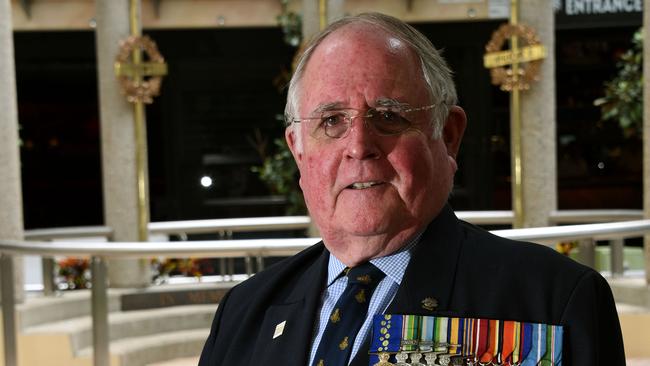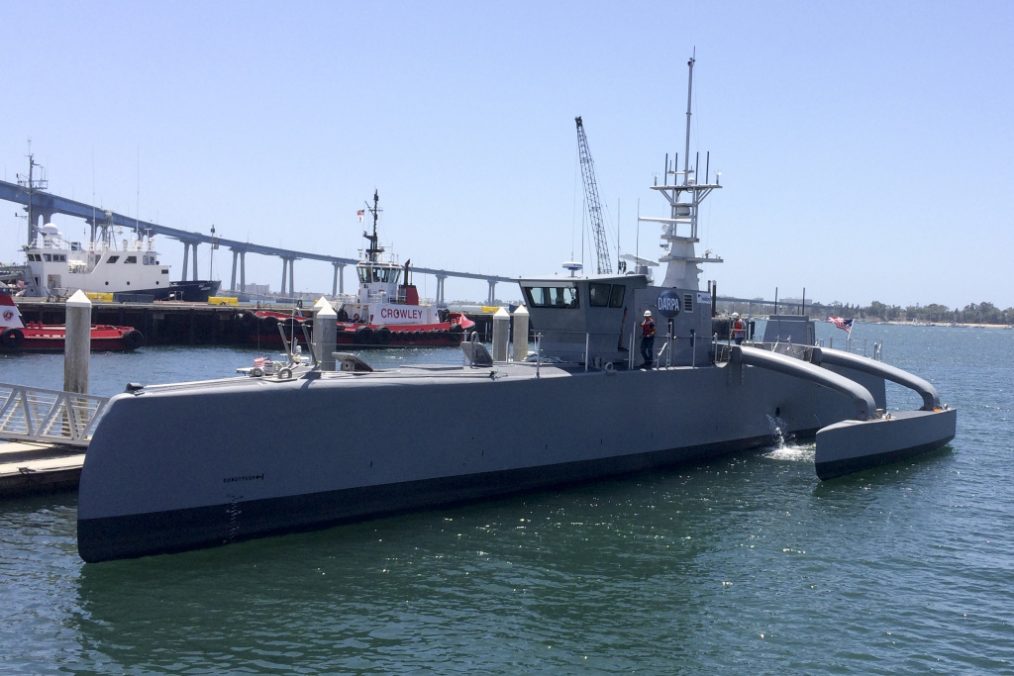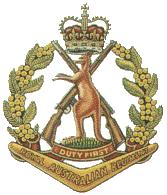Despite the skepticism surrounding the feasibility of Labor’s Net Zero commitment, there are concerns within the Australian transport industry, particularly among some truck operators who have fallen prey to what is perceived as a myth. This skepticism is rooted in the belief that the National Road Transport Association has compromised the industry’s interests by embracing the Net Zero agenda without considering the broader implications for businesses.
One of the primary concerns raised involves the adoption of lithium-powered trucks, viewed as ticking time bombs due to potential safety hazards. Critics argue that the lithium batteries, akin to the explosive nature witnessed in some electric cars, pose an even greater risk in the context of heavy-duty trucks. The fear extends beyond incidents occurring during the charging process, as the explosion of a massive truck battery, priced at $120,000 and measuring 2m x 1.2m, could result in catastrophic consequences, potentially devastating half a block.
Moreover, critics point to the lack of adequate charging infrastructure for commercial electric trucks in Australia. The prevailing concern is that these vehicles, with their substantial lithium batteries, are rendered unreliable due to the scarcity of stations capable of swapping batteries. This limitation restricts the trucks to predetermined routes, inhibiting flexibility and posing challenges for those needing to deviate from their chartered courses. The cost of investing $120,000 in batteries and an additional $85,000 for fitting becomes questionable when confronted with the practical challenges of limited charging options and potential operational constraints.
A key argument against the viability of electric trucks in Australia lies in the fact that the lithium batteries, despite being heralded as environmentally friendly, rely on coal-fired power for recharging. Critics question the logic of investing in these batteries when the energy source contradicts the purported environmental benefits. This discrepancy, coupled with the overall lack of infrastructure, raises doubts about the practicality of transitioning to electric trucks.
Detractors of electric trucks in Australia underscore the geographical challenges posed by the vast distances and varied terrains. The argument is that diesel remains the more practical and efficient choice for transporting heavy loads, particularly when considering the country’s unique landscape. At $2 per litre, diesel fuel continues to be an appealing option, offering greater efficacy compared to the uncertainties associated with electric alternatives.
While concerns about the practicality and safety of electric trucks persist within the Australian transport industry, it is crucial to separate factual concerns from hyperbole. Addressing these concerns requires a comprehensive examination of charging infrastructure, safety standards, and the environmental impact of power sources. As the industry navigates these challenges, a balanced and informed discussion is essential to determine the most viable and sustainable path forward.
ED: It should be noted that defence is also pushing forward with electric vehicles.











